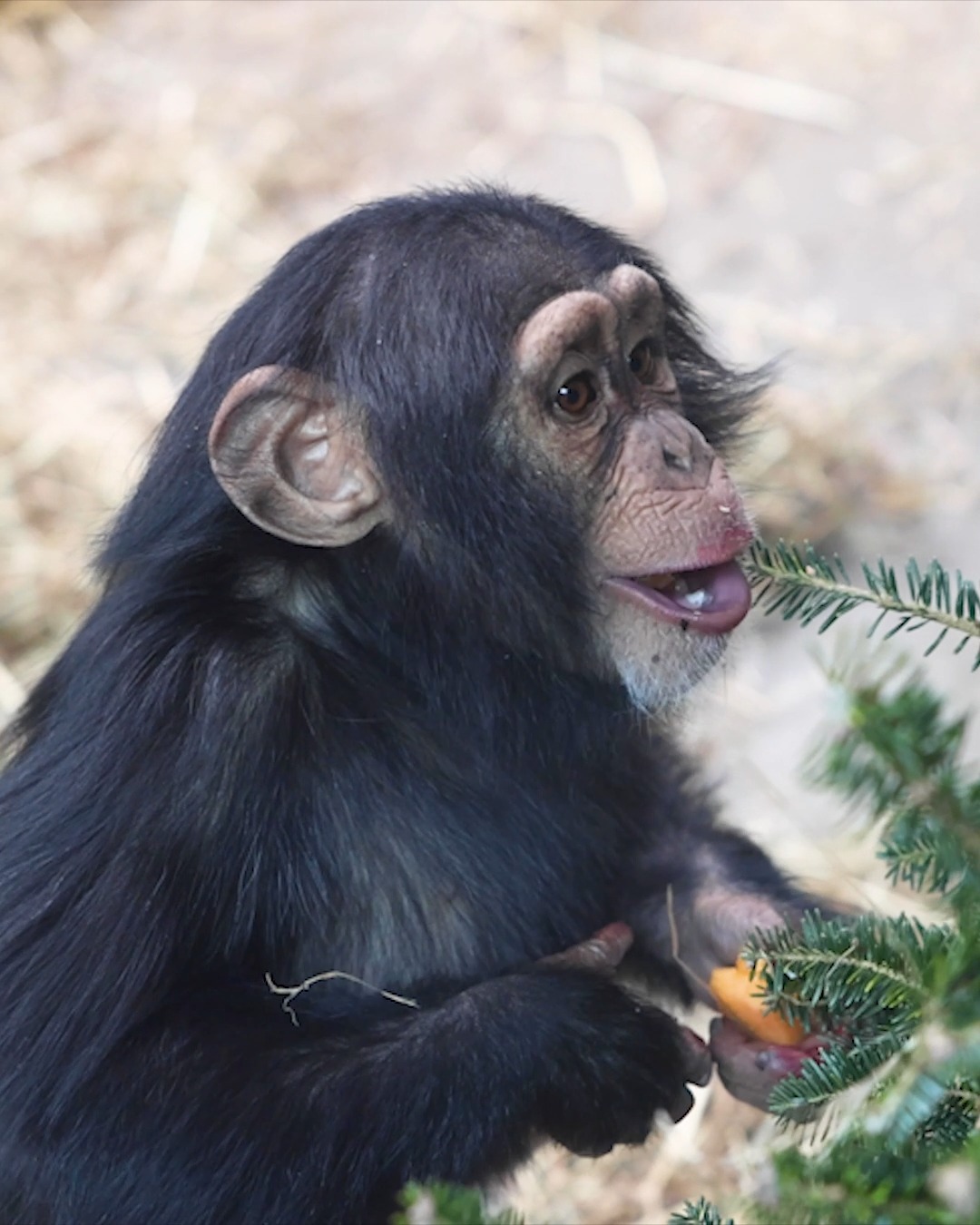- Christmas tree enrichment activities offer sensory stimulation through scents and textures, benefiting animal cognitive and behavioral well-being.
- These activities align with conservation efforts by promoting natural instincts and behaviors in captive environments.
- Seasonal enrichment techniques enhance animal welfare in zoos, bridging the gap between entertainment and health.
- Tree enrichment provides opportunities for zookeepers to conduct behavioral observations and gather data on animal responses.
- Incorporating natural elements into enclosures supports sustainability and recycling efforts within wildlife management.
The practice of using Christmas trees as enrichment for zoo animals is far from mere decoration. It plays a critical role in enhancing animal welfare by providing sensory stimulation that captivates the inhabitants of various enclosures. The vibrant colors, unique textures, and evocative scents of evergreen trees offer a multidimensional experience, contributing to both cognitive engagement and physical activity. Enrichment is essential in zoo settings; it encourages animals to explore, play, and even solve challenges, thereby promoting mental sharpness and behavioral well-being.
For many zoo animals, obtaining sufficient sensory stimulation is vital to imitate their natural behaviors. The variety of experiences provided by Christmas trees fosters exploration and mimicry of wild activities, crucial for species that thrive on complex stimuli. For instance, scratching surfaces like tree bark helps large cats to keep their claws in shape while also marking their territory, satisfying both physical needs and instinctual behaviors. Similarly, the fresh scent of pine can stimulate scent-marking behaviors in many species, letting them indulge in natural habits that keep them active and mentally enriched.
From a conservation perspective, Christmas tree enrichment often aligns with the broader goals of replicating animals’ natural behaviors within controlled environments. It helps in maintaining a semblance of their wild habitat, which is instrumental in efforts aimed at breeding and reintroducing species into the wild. By fostering habits that are indispensable for survival in the wild, animals are better prepared if rewilding is set to happen later. Unlocking these natural inclinations is pivotal not only for captive populations but also for potential reintroduction programs, ensuring that they retain the skills necessary for thriving in native ecosystems.
A vital aspect of managing wildlife in captivity is ensuring that seasonal enrichment, like that provided by Christmas trees, contributes to the physical and psychological welfare of the animals. These activities can be designed to mimic natural behaviors, such as foraging, hunting, or nest building. Seasonal enrichments like Christmas trees are not just gimmicks; they provide genuine opportunities for animals to engage with their environment in ways that mirror their natural worlds. Animals that show signs of boredom often exhibit repetitive behaviors or social withdrawal, indications that enrichment is crucial for their health and joy.
Christmas tree enrichment proves beneficial for zookeepers as well. These activities allow them to conduct behavioral observations, providing insights into the animals’ health and psychological states. By analyzing how different species interact with these enrichments, keepers can tailor care strategies to individual needs. Data collection on enrichment responses can inform future initiatives and improve care by identifying what specific elements of enrichment activities elicit the most favorable reactions. Regular monitoring can reveal both positive engagement and areas where improvements are needed in the animals’ living conditions.
The introduction of natural elements within animal habitats also contributes immensely to sustainability efforts. Utilizing seasonal resources like discarded Christmas trees is a pragmatic approach to recycling, reducing waste while enhancing animal care. This practice underscores the importance of integrating environmentally friendly strategies into zoo management, allowing institutions to minimize their ecological footprint while providing enriched animal experiences. Additionally, using natural surplus materials aligns with conservation ethics, promoting an enduring commitment to environmental stewardship within zoological institutions.
By incorporating Christmas tree enrichment into their programs, zoos achieve a delicate balance between entertainment and essential animal care. This strategy emphasizes that enrichment is not merely an aspect of aesthetic design but a fundamental component of animal management, bridging seasonal opportunities with ecological consciousness. Through these innovative practices, zoos serve as champions of both animal welfare and conservation, illustrating the profound potential that thoughtful strategies can have in promoting the well-being of our cherished animal companions.
*****
Source Description
🎄🎉 More of our animal friends got to enjoy some Christmas tree enrichment! These seasonal treats are not just for decoration—they’re full of scents, textures, and fun challenges that our animals enjoy.


